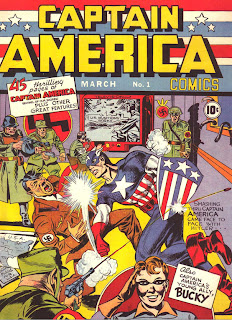 |
| Our interview candidate, Ms. C |
For Ms. C, a high school history teacher in Northern New Jersey, her forty two year teaching career has echoed her view of how life should be lived. To her, life should be lived in giving back to the community and in service to others. But where does this ideal come from? It doesn't come from religion or good parenting. Rather, it comes from her time in college which was in the 1960s, a time that was marked by protesting, and other acts of passionate service for the community.
 |
| 1960's fashion |
women were able to progress out of the “housewife” dress and become more expressive with shorter skirts, brighter colors and designs. Expression was
forthcoming especially within music. Popular artists such as The Supremes and Jimi Hendrix made headlines as well as British artists (The Beatles,
The Who, The Kinks, and the majestic David Bowie to name a few). Interestingly enough, a movement called “message music” was also popular. These songs had messages of empowerment and messaged against war and advocated for peace. Bob Dylan was one artist known for his contribution to this movement as this genre of music became anthems for rallies, protests, concerts and sit-ins.
 |
| Civil Rights |
Rights Act and the Voting Rights Act. The Civil Rights Act made way for races to be treated equally and fairly in places of school, work and public services (such as restrooms).
 |
| Voting Rights/ Womens' Rights |
Women were included within this equality as well to be treated equally legally. The Voting Rights Act disabled discriminatory actions towards voting rights which helped to alleviate some discrimination towards African-Americans and other cultures. The power of activism was one of the many reasons for the social changes and legislations created.
The Vietnam War was also a huge avenue for activism. More than 500,000 troops were sent into battle by the Lydon B. Johnson Administration,because of this college rates increased significantly since those in college were not sent into war. The United States presence in the war was due to the need to prevent the spread of communism in order to contain communism (communists allied with North Vietnam). These events along with others in the 1960’s were major causes to the rise of protests and service. Ms. C was impacted by this decade’s ability for action.
 |
| Vietnam War |
After 42 years of teaching, Ms. C sees no end in sight. Every year she teaches she is already thinking of next year's curriculum and how it is being affected by the events of today. When asked if she had thought about retiring she said that, to her, the only thing she wants to do is teach. So retiring would mean giving up the biggest part of the past four decades in her life. She did say, however, that retiring wouldn't be too bad because she has two beautiful young granddaughters that she would love to spoil and retiring from teaching would give her more time to do
that.











